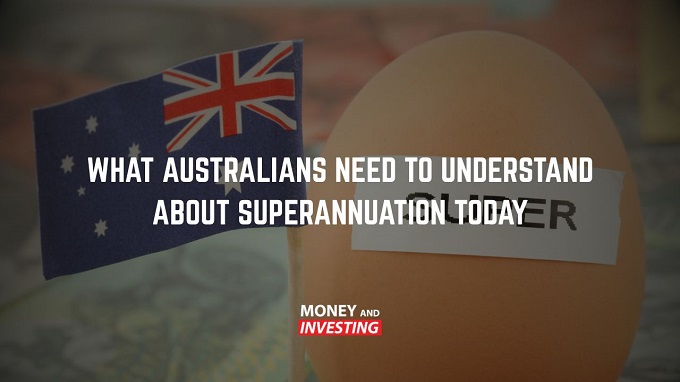Superannuation Insights for Australians: Expert Advice from Andrew Baxter

Superannuation appears regularly in payslips and headlines, yet for many Australians, it remains a confusing topic. Most people only pay attention when their balance makes a noticeable jump — or dip — missing out on strategies that could significantly reduce the years they spend working. Gaining even a basic understanding of how superannuation works can make a huge difference when retirement finally rolls around. Understanding Super Contributions As of 2025, Australians can contribute up to $30,000 per year in concessional contributions to their super fund — this includes employer contributions and any voluntary top-ups. These contributions come with valuable tax benefits, but it’s essential to keep track to avoid exceeding the cap. Originally designed as a joint effort between individuals, employers, and the government, superannuation today largely depends on employer contributions. The super guarantee rate is on track to rise to 12% , helping Australians build...